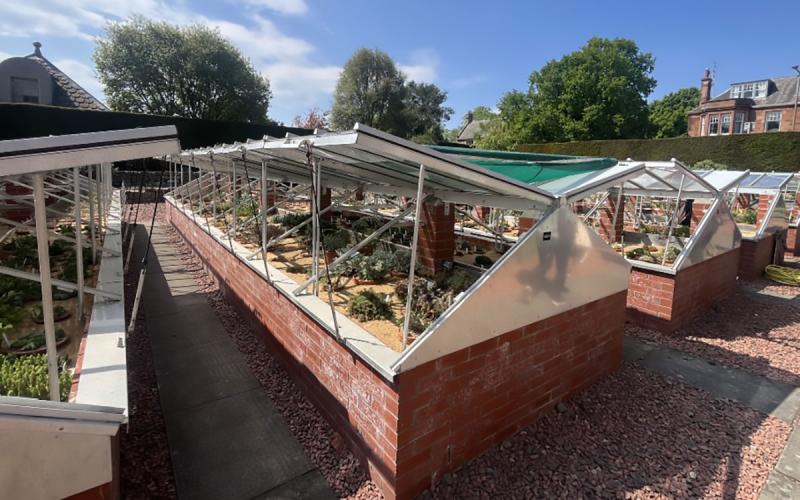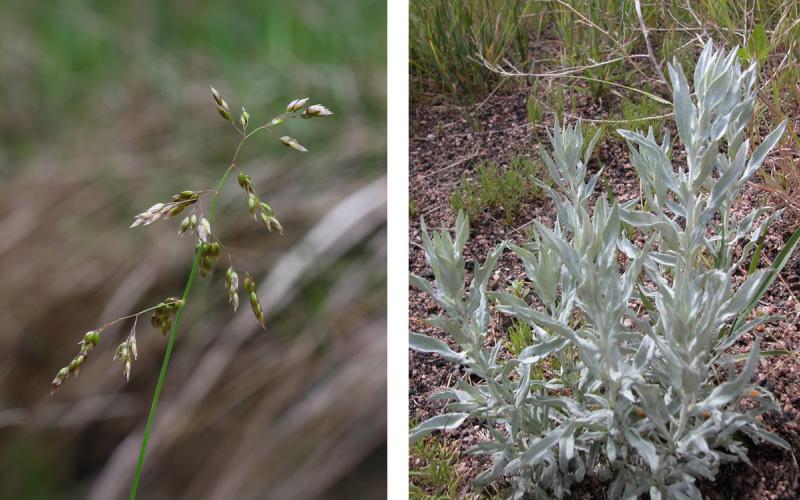The early spring weather has vegetable gardeners ready to proceed with caution into planting the first round of vegetables in South Dakota. Cool season vegetables are those that prefer cool growing temperatures between 60 degrees to 80 degrees Fahrenheit and loose quality in hot weather. Cool season vegetable seeds can germinate in soil that is 40 degrees Fahrenheit or cooler. They are also able to grow and mature when exposed to cooler day and night temperatures. Most cool season vegetables can resist some frost and light freezing temperatures, though early gardeners might want to be prepared to cover the garden if extremely low temperatures are in the forecast.
Cool season vegetables can be planted when soil is dry enough to work in the spring and based on soil temperatures. The general recommendation is that cool season vegetables can be planted between 2-4 weeks prior to the date of the average last spring frost. In a normal year in South Dakota, the last frost is generally expected, depending upon location in the state, anywhere between Mother’s Day and Memorial Day. To find out the average last frost date in your area, visit South Dakota State University’s Climate and Weather website. This handy website shows average last frost dates recorded by reporting stations from around the state.
Radish, spinach, lettuce, onions and peas germinate when with minimum soil temperatures of at least 40 degrees Fahrenheit, measured at 4-in. deep. Much of South Dakota had been experiencing soil temperatures in the 40-degree range as of March 22, with the exception of the Northwestern corner of the state that was still measuring 38-degrees. Regularly updated soil temperatures from around the state can be found at the South Dakota State University Climate and Weather website.
Cool season crops such as spinach, radishes, lettuce and kohlrabi are generally able to reach a stage where they can be harvested in less than 60 days. They are often replanted in mid-summer for an additional fall harvest.
Crops such as beets, carrots, cauliflower, parsley, parsnips, potatoes and Swiss chard are considered semi-hardy vegetables that grow with a minimum daytime temperature that is consistently between 40-50 degrees Fahrenheit. These plants are less tolerant of a frosty night and should be planted outside 0-2 weeks before the date of the average last spring frost.
Warm Season, tender vegetable crops such as tomatoes and peppers are intolerant of frost and cool spring winds. They need daytime temperatures above 60 degrees Fahrenheit and actually prefer temperatures of 70 to 95 degrees. A week of daytime temperatures below 55 degrees Fahrenheit may stunt your tomato crop if planted outdoors, so don’t plant tomatoes and peppers yet unless you are planting them indoors.
Some Master Gardeners are reporting they have spinach, romaine lettuce and peas up and growing in their gardens already, but note they are prepared to cover the plants if the temperatures dip. If spring changes its mind and temperatures really dive, there is always an option to replant the cool season vegetables later.
Colorado State University has an online Vegetable Planting Guide including a table showing soil temperature recommendations for planting common vegetables.


